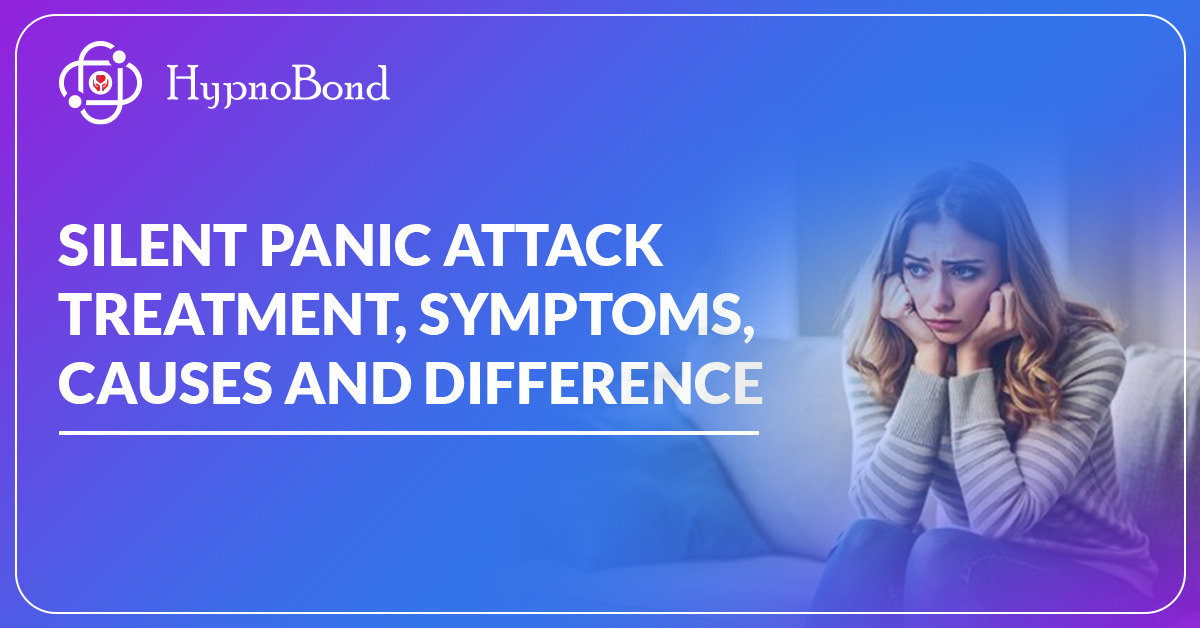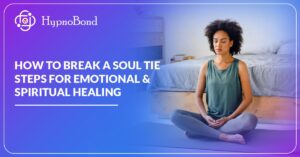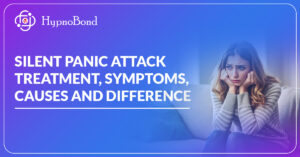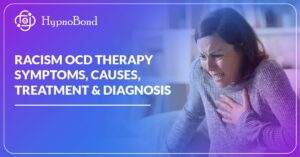A silent panic attack, a unique manifestation of severe emotions of hysteria and worry, is characterized by the absence of visible signs and symptoms of distress. Unlike a typical panic attack, which often presents with physical signs like shaking or shortness of breath, a silent panic assault primarily affects the mind.
It presents as racing thoughts, a sense of impending Doom, and difficulty breathing, all of which can leave the individual feeling isolated and misunderstood.
Despite the lack of apparent external signs, the emotional and mental effects are just as intense. The internal struggle can be overwhelming, and it often goes unnoticed by others.
What is a Silent Anxiety Attack
The early popularity of silent tension attack symptoms is essential for offering well-timed care and comfort. A quiet anxiety assault takes place when a person stores severe anxiety signs without displaying seen signs.
The character may also feel overwhelming fear, a racing coronary heart, or a respiratory problem, but outwardly appear calm. Internally, their mind spirals with stress, but others might not observe anything unusual.
This condition can feel isolating due to the lack of external expression. Silent anxiety attacks are common and require understanding and help to manage effectively.

Signs and Symptoms of Silent Panic Attacks
Silent panic attacks do not always show outward signs, yet they cause intense internal distress. Here are some common symptoms:
- Racing Heart & Shortness of Breath – Rapid heartbeat and difficulty breathing without an obvious trigger.
- Dizziness & Lightheadedness – Feeling unsteady or faint despite no external cause.
- Numbness or Tingling – Unexplained sensations in hands, feet, or face.
- Detached Feeling (Derealization) – A sense of unreality or being disconnected.
- Intense Internal Anxiety – Overwhelming fear without visible distress.
Causes of Silent Panic Attacks
Silent panic attacks can be triggered by various internal and external factors. While experiences vary, some common causes include:
- Chronic Stress – Prolonged work, relationship, or personal stress increases anxiety responses.
- Past Trauma – Unresolved emotional events can trigger panic attacks in certain situations.
- Genetics & Family History – A genetic predisposition can heighten vulnerability.
- Underlying Mental Health Conditions – Anxiety, depression, and OCD raise the risk.
- Substance Use & Withdrawal – Caffeine, alcohol, and drug withdrawal can trigger panic episodes.
Difference Between a Silent Panic Attack and a Regular Panic Attack
| Difference | Silent Panic Attacks | Regular Panic Attack |
|---|---|---|
| Symptoms | Internal symptoms like racing heart, dizziness, and chest tightness, without visible signs | Clear external symptoms like shaking, sweating, shortness of breath, and trembling |
| Onset | Sudden, often without an obvious trigger | Clear external symptoms like shaking, sweating, shortness of breath, and trembling |
| Duration | Peaks within minutes and fades quickly | Lasts between 5 to 20 minutes, but may feel longer depending on the severity |
| Visibility | No outward signs of distress, making it harder to recognize | Clear physical signs, making it easier for others to identify |
| Emotional Experience | Intense feelings of fear, dread, or a sense of impending doom, often felt alone | Strong sense of terror, fear of dying, or losing control, often accompanied by external panic |
| Impact on Behavior | May cause the person to feel isolated or misunderstood due to lack of visible signs | Typically leads to avoidance behaviors or retreat from public situations due to visible symptoms |
| Recovery | The attack subsides quickly, but lingering anxiety may follow | The attack gradually subsides, often leaving the person exhausted or shaken |
How Does a Silent Panic Attack Feel Like
A silent panic attack looks like a severe hurricane raging indoors simultaneously because the outdoors remains calm and composed. Your coronary heart kilos, your chest tightens, and your thoughts race with overwhelming fear or dread.
However, you mask it with a regular demeanour. It’s as if you’re trapped in an invisible bubble, suffocating quietly, unable to show the turmoil inside.
The absence of outward symptoms can place it apart, as others may not examine the war, leaving you to conflict with the waves of hysteria alone.
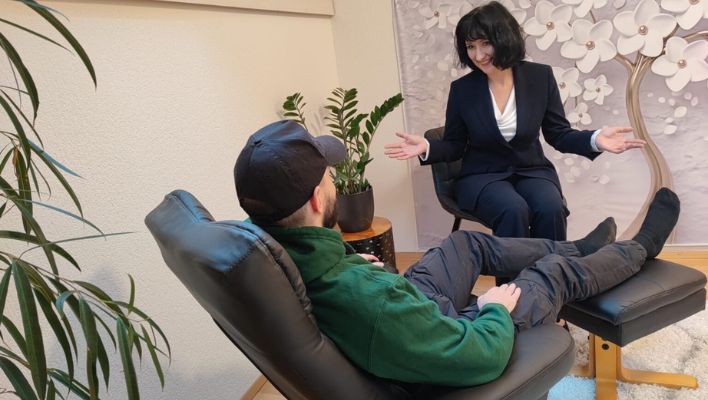
Difference Between Anxiety and Silent Panic Attacks
| Difference | Anxiety | Silent Panic Attacks |
|---|---|---|
| Nature | Generalised worry or fear | Sudden, intense episodes of fear |
| Duration | It can last for hours, days, or longer | Peaks within minutes and subsides quickly |
| Onset | Gradual buildup over time | Sudden onset, often without warning |
| Triggers | Linked to specific stressors or concerns | May occur unexpectedly, even without clear triggers |
| Physical Manifestation | Mild symptoms like | Severe internal symptoms |
| Emotional Impact | Ongoing sense of worry, but manageable | Intense feelings of fear or panic, often overwhelming |
| Recovery | Requires ongoing management (therapy, relaxation techniques) | Symptoms subside quickly but may leave lingering fear |
How to Stop a Silent Panic Attack
To stop a silent panic assault, consciousness on slow, deep breathing to calm your frame. Shift your mind by grounding yourself with physical sensations. Nice self-communication can assist in reminding you that the panic will skip.
Conducting a simple hobby, like counting items, distracts your thoughts. Regularly, your symptoms will reduce as your frame relaxes. Looking for a guide or working towards mindfulness regularly can save you from destiny assaults.

Silent Panic Attacks Treatment in Switzerland
It’s critical to apprehend while professional help is vital. Continual or intense signs that disrupt everyday existence should spark off a session with a mental fitness professional. Therapy can offer customized techniques to manipulate silent panic attacks and improve ordinary well-being.
Know-how the difference between tension and panic attacks is prime. With the proper know-how and therapy plan, individuals can efficiently manage those traumatic situations and lead more particularly balanced lives.
If you or someone you understand is struggling with tension or panic assaults, reach out to Hypnobond. We provide tailored solutions to help cope with panic and tension, offering personalized assistance for lasting relief.
Related Posts: Hypnosis Techniques for Personal Growth & Transformation

